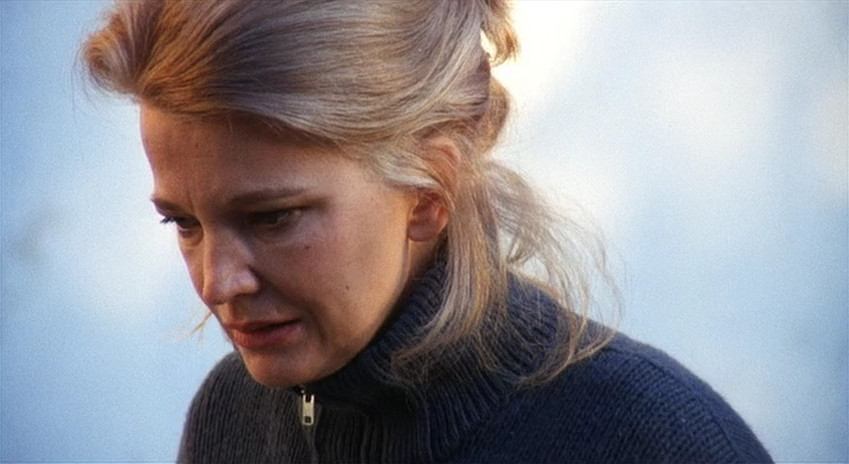
A list of great scenes could be labeled to a year, a genre, a country, or an actor, but this list will be strictly focused on the performances throughout film history. Trying to achieve a diverse list of performances in variations of mood, origin, and emotion are on this list.
The acting of the actors at play in that one scene could be in the beginning, middle or end, or the final or first time we see the character on screen, in a group or alone. Here are the best acted scenes of all time.
20. Goodfellas (1990) – ‘I’m funny how?’

A scene that goes from diabolically funny and filled with tension in a matter of seconds over the course of several minutes between Joe Pesci’s Tommy and Ray Liotta’s Henry is pure gold. The way Martin Scorsese frames the back and forth scene that includes other wise guys, waiters, and restaurant patrons only added to the tone of the scene.
After Tommy continually makes everyone die of laughter, Henry says “You’re a funny guy” which starts this conversation to unravel. The exchanges and body language between the two dazzles us viewers because we feel like we are at the table and we have no idea what is going to happen. Is Pesci’s character about to explode, is Henry frightened or trying to play it off? The exchange continues for several minutes as we nervously laugh and compose ourselves for the final payoff.
This scene shows how two actors, and their surrounding actors, can play a scene with a sense of dread yet cautiously laugh like you were in the room. You feel for a couple of moments that you are at the table witnessing this great scene.
19. Jules and Jim (1962) – Catherine and Jules console each other
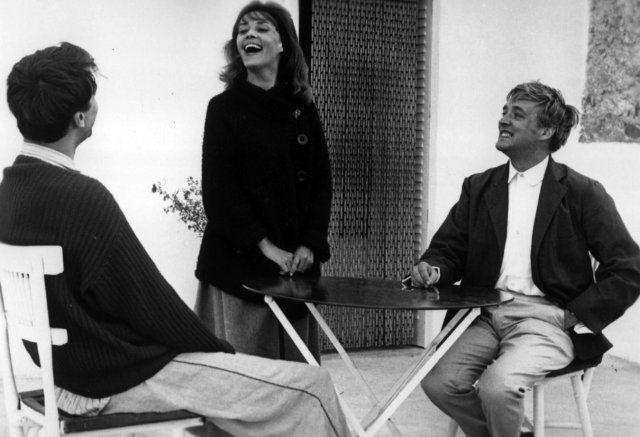
From the rapid pace and kinetic energy of this film comes a scene slowed down by Francois Truffaut. After a fight with Jim, Catherine played by the one and only Jeanne Moreau and Jules played by Oskar Werner console each other.
Truffaut simply allows the actors to perform in a tight space which allows Werner and Moreau to literally overlap their faces on each other. They both gently kiss one another but are their kisses genuine or fleeting moments as their relationship? They hug each other but do they mean it to each other or do they individually want comfort? Both actors deliver each line which allows for such subtext and backstory such as ‘We were happy, weren’t we? – But we are happy, I mean, I am’. Each character doesn’t know how to feel which makes this scene so powerful.
It’s the chemistry and distance, despite the closeness of proximity and intimacy, between Werner and Moreau that makes this scene shine in a beautifully acted film.
18. An Autumn Afternoon (1962) – Before the wedding
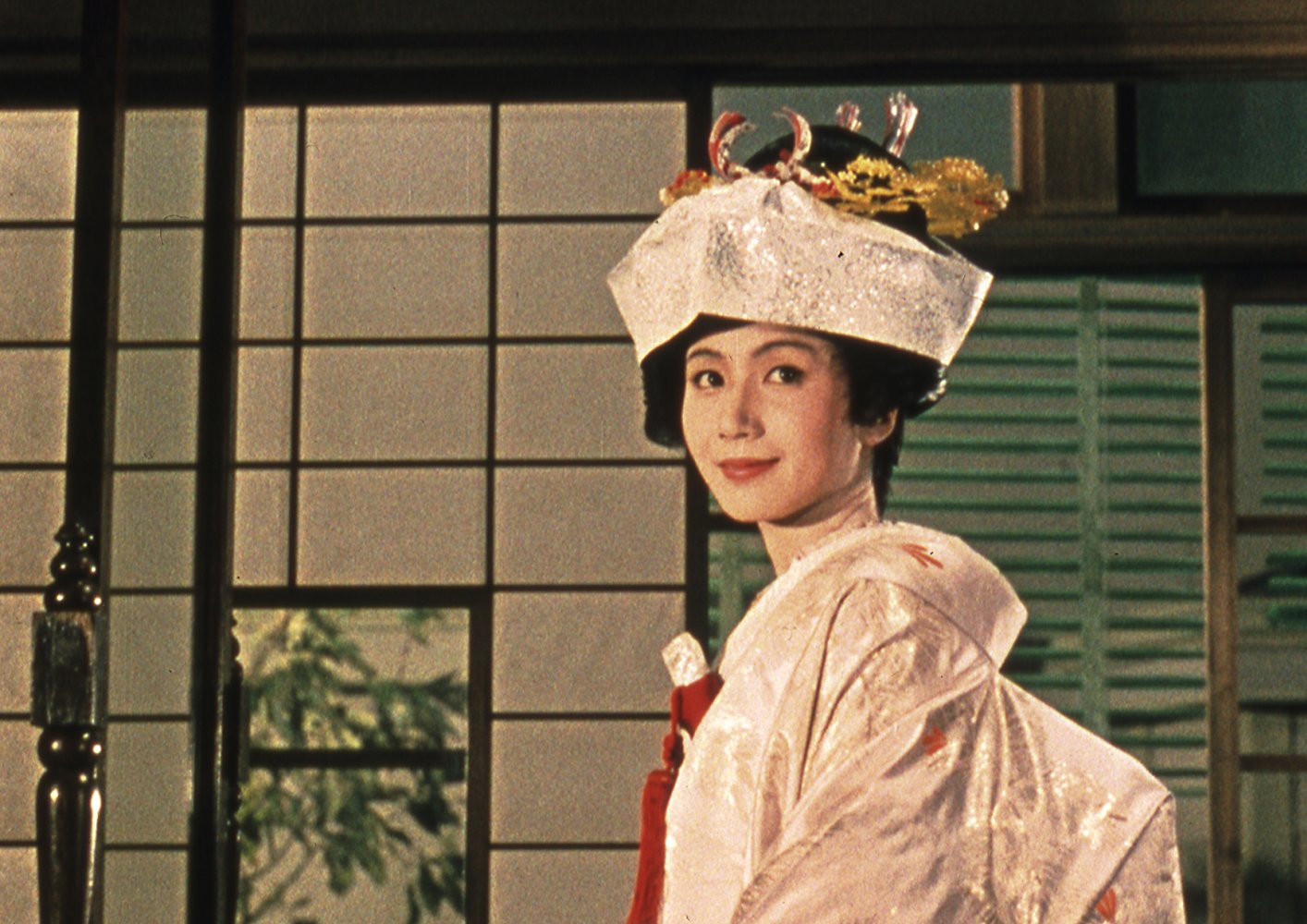
The swan song for Yasjiro Ozu before his death captures his recurring themes such as a lonely widowed father trying to marry his daughter off. The film tells the story of the bond between Chishu Ryu as Shuhei and Shima Iwshita as Michiko. They share a beautiful close relationship where he wants her to start new a life but she is satisfied helping her father as the story goes.
Towards the end of the film before another two heartbreaking scenes with Ryu, Shuehi and Michiko talk very briefly before the wedding. However, despite Ozu’s normal framing and style, it’s almost like his entire filmography of parent-child relationships, society in the modern world, and the connection between people comes pouring out here.
Iwashita wants to stay and help her father, almost holding back tears that should be the happiest day of her life, but will marry shortly, thus leaving her father. Ryu wants her to stay but must give her away for her own life. The two leads act and say one thing but express something completely different in the scene. However, deep down they understand each other and are forced to convey the opposite of what they truly want for the appropriate betterment of themselves. Both great actor are in top form as they perform maybe one of Ozu’s most moving scenes.
17. Umberto D (1952) – Umberto and Flike’s almost demise
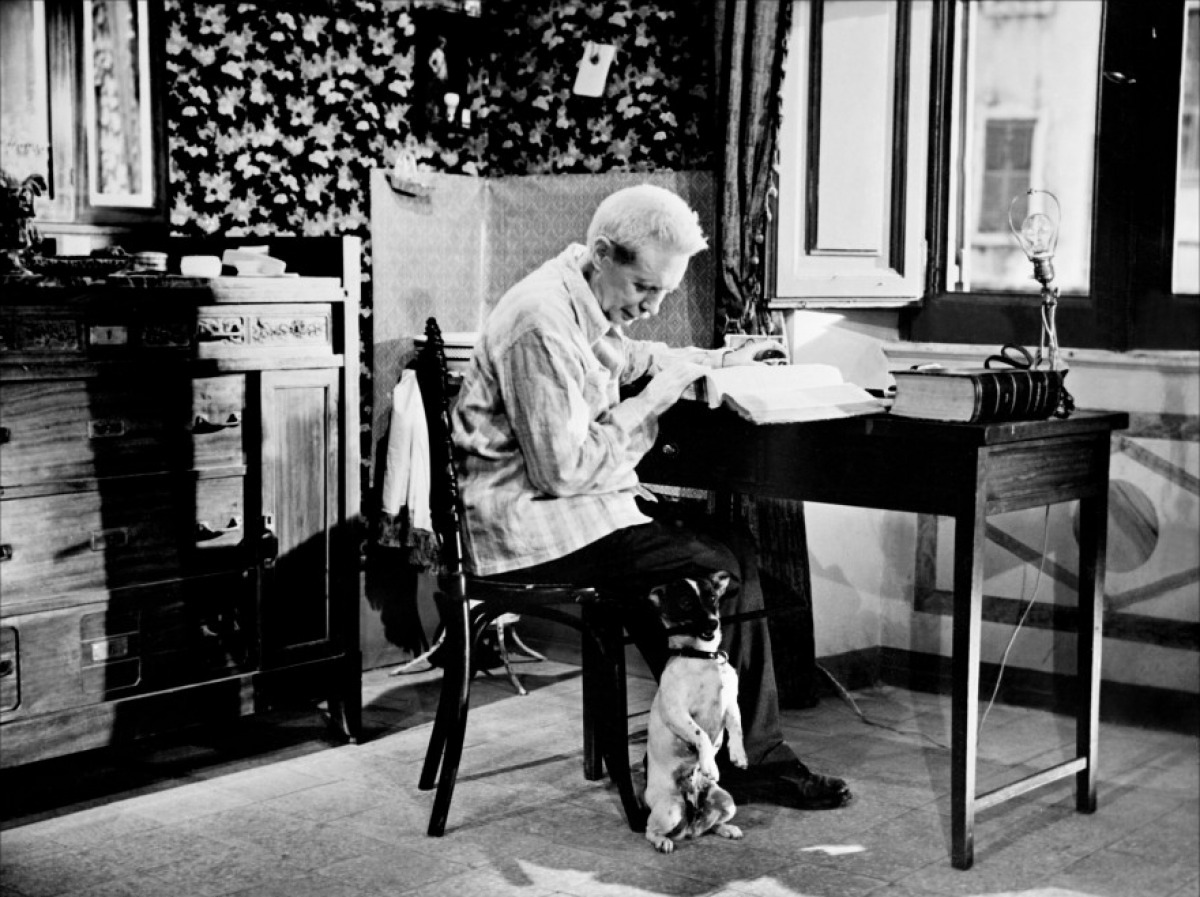
Leading up to the final moments of Vittorio de Sica’s neorealist film comes a scene filled with all the life, death, loss, and love between Carlo Battisti’s Umberto and his dog, Flike. The scene takes an operatic approach as Umberto walks to the tracks holding Flike. The next several moments, we see the human nature toggle in the mind of Umberto.
As the train nearly misses him after Flike struggles to escape, he tries to embrace his only loved one in the film. Flike runs away before Umberto follows him to eventually playing with him again. As a viewer, we are filled with realistic horror as we believe Umberto will do the unthinkable to eventually embracing his best friend. We witness a range of almost demise to rebirth of love between the two. How de Sica got the performance out of the dog, we will never know, but it’s Battistia’s actions and face that divides than wins us over.
16. Network (1976) – Max confronts Diana
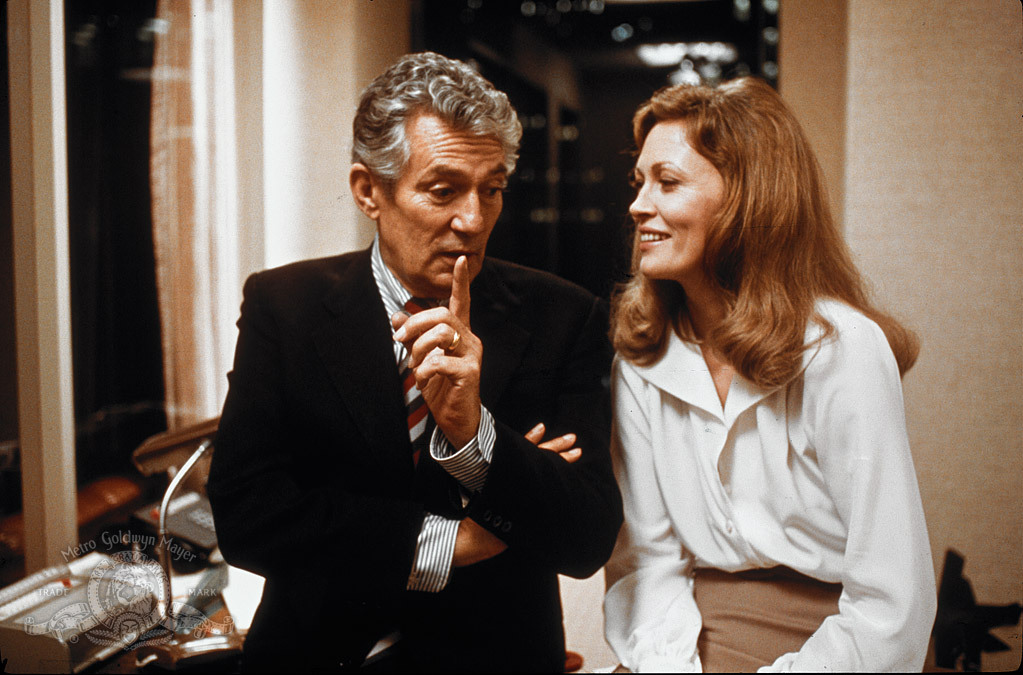
With stunning scenes of ‘I’m as mad as hell and I’m not going to take this anymore!’ or ‘You have meddled with the primal forces of nature!’ or Beatrice Straight’s Louise scene-stealing scene, it boils down to when William Holden’s general confrontation to Faye Dunaway’s Diana on aging, life, death, success, fears and ‘primal doubts and all’.
When rehearsing this scene before shooting, Holden didn’t look at Dunaway during the rehearsal as Sidney Lumet states in his book ‘Making Movies’. He took note of this and on the second take during the scene, he asked Holden to look directly at Dunaway, he do so, and Lumet got raw, honesty in that scene. Holden confesses a range of emotions and thoughts through Paddy Chayefsky’s monologue.
Dunaway holds her ground as she listens intently before delivering the ‘I don’t know how to do that’. Both actors stand firmly as Max’s true inner and outer life is revealed. It proves that a film with one amazing performance after another, it all goes back to humanity.
15. There Will Be Blood (2007) – ‘I Drink Your Milkshake!’
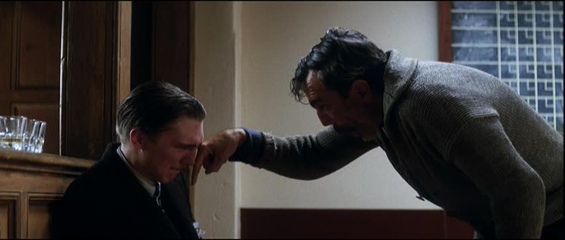
In Paul Thomas Anderson’s epic film, we see Daniel Day-Lewis’ Daniel Plainview, now deranged in his mansion, have a final confrontation with Paul Dano’s preacher Eli Sunday. Anderson’s character arcs and narrative have added to the build-up of this scene.
Day-Lewis’s Plainview exacts revenge on Dano’s Sunday to denounce his prophecy and faith, but it’s when Day-Lewis stares at Dano sitting down and states “I drink your milkshake” that the film reaches new heights.
As we watch the film for the first or fifteenth time, we can never deny the powers at hand. Watching Day-Lewis scream, throwing bowling bowl pins, beating Dano’s character to death to the final “I’m finished” do we realize we’ve seen the best acted scene of the century.
The whole scene leaves us wondering and filling in the 16-year gap that occurred so we are constantly on edge. It’s the subtle performance of Dano trying to gain what he believes is his, and Day-Lewis’ mentally lost yet perfectly aware of the moment where we see a decisive scene. So many theories and analyses have been based on this scene and it wouldn’t be possible without the acting of one of the greats, Daniel Day-Lewis.
14. M (1931) – Hans self defense
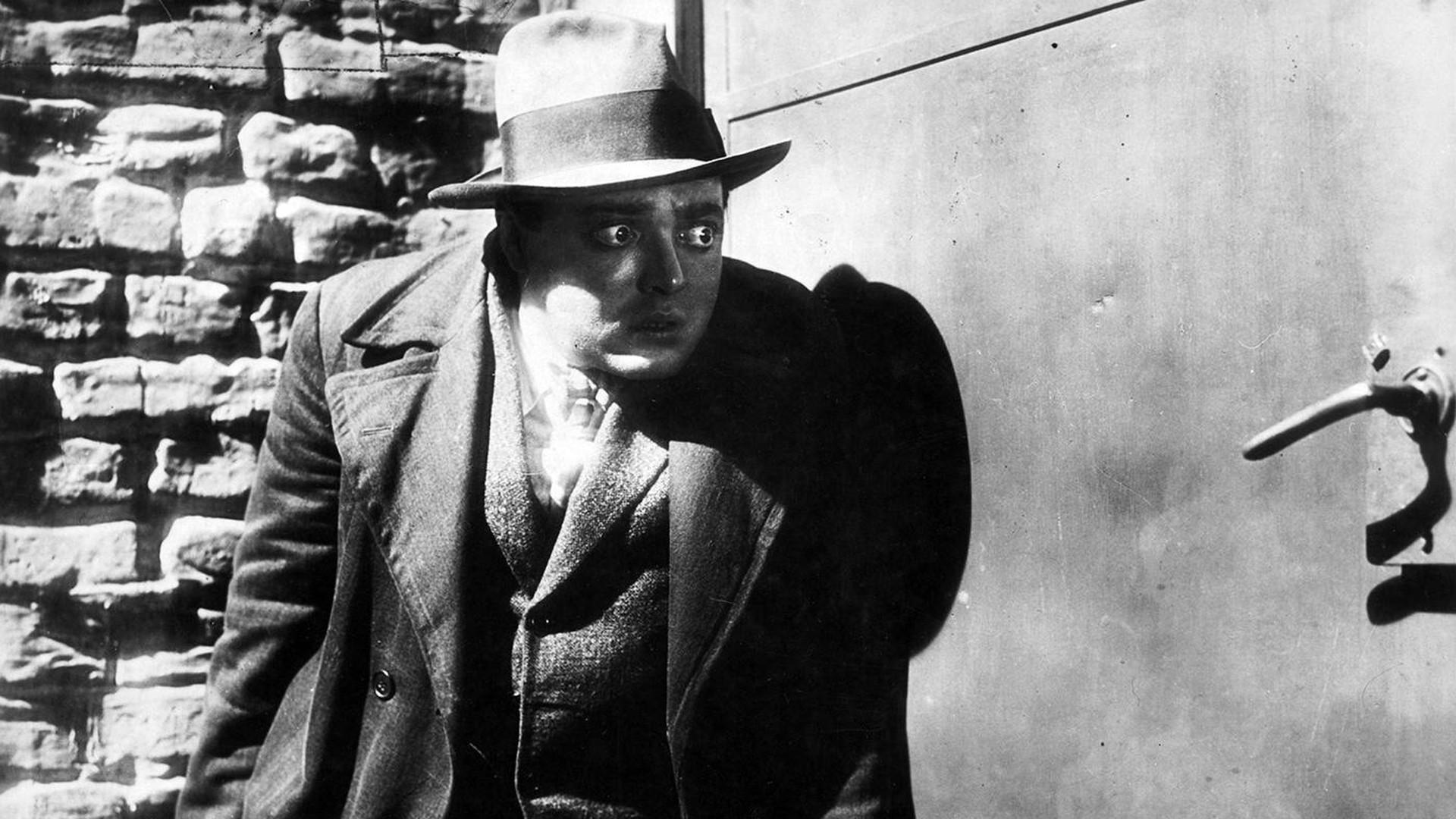
After watching a child murder prowl the streets of Berlin and being chased by the criminal underworld and the police, we get the most humane moment in this masterpiece. Peter Lorre, mostly a character actor, does the best work of his career as he defends himself in the face of the people and law, in an old abandoned distillery.
How can anyone side with a child murder? However, watching Lorre plea that he can’t control this evil inside him and the urges that makes him do it, you start to see another side of him. The way Lorre plays it leaves little to no room that he is simply faking it to avoid death, he is literally on the floor screaming that he wants to do good but psychologically can’t. He manages the viewer to start sympathizing and seeing his point of view after such heinous crimes.
It is important to note how the large crowd reacts to the statements by Lorre which adds to the great acting by world actor, Peter Lorre.
13. 12 Angry Men (1957) – Juror #3 is convinced
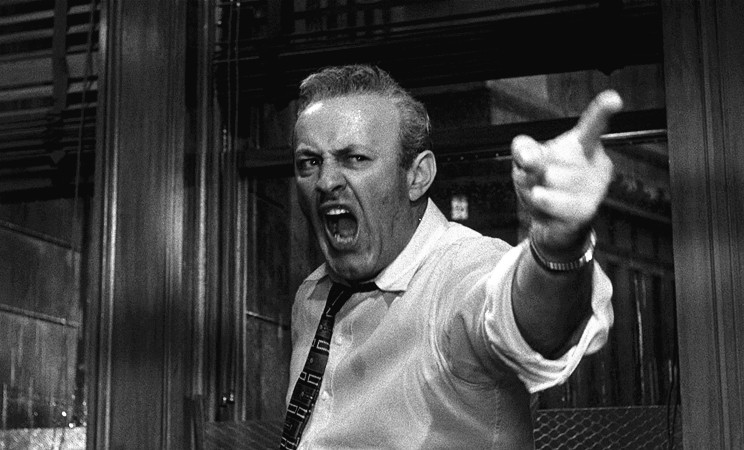
Adapted by Sidney Lumet from Reginald Rose’s play, you know you’ll be getting theatrical performances. After Henry Fonda’s Juror #8 has convinced 10 jurors from guilty to non-guilty, the arrogant and self sured Juror #3 played by Lee J. Cobb changes his mind.
Cobb tries to convince the other jurors that the boy is guilty, however, he plays it with self doubt and self assuredness. The other jurors give blank stares knowing he is just trying to prove he is right. As Cobb continues the first part he’s very self assured from the facts but after he sees a picture of him and his son, he is overcome with an psychological change from his own relationship. There is no real exposition, he only shifts to stating his case with much doubt before he rips up the picture, buries his head in his arms and states not-guilty.
All the actors are note perfect here from Henry Fonda, E.G. Marshall, Jack Warden, Ed Begley, Jack Lugman just to name a few. But as one man tries for a final argument in one room argument of a film, it is the emotional high point one of man, which the film is essentially about, the life of one boy, innocent or not.
12. Casablanca (1942) – Rick and Ilsa on the runaway

A film that has many great scenes in performance from the singing of the La Marseillaise to the first re-encounter between Humphrey Bogart and Ingrid Bergman. However, when Ilsa thinks Rick is coming away with her, he has to disappoint her, all out of love.
The dialogue in Michael Curtiz’s film is spot on and in this scene, no false remark is made specifically by Rick. From the quotes of ‘he’s looking at you kid’ to ‘maybe not today, maybe not tomorrow, but soon, and for the rest of your life’ is all here. Their entire past relationship, present situation, and future is stated by Bogart , still handling the tough guy yet sensitive and caring approach. Bergman’s eyes can tell a thousand emotions as she wants him to come but knows he can’t.
These two iconic giants of the screen in this one climax of a film is pure drama. They are so perfectly matched, it’s hard to imagine a miracle occurred.
11. The Deer Hunter (1978) – Russian Roulette
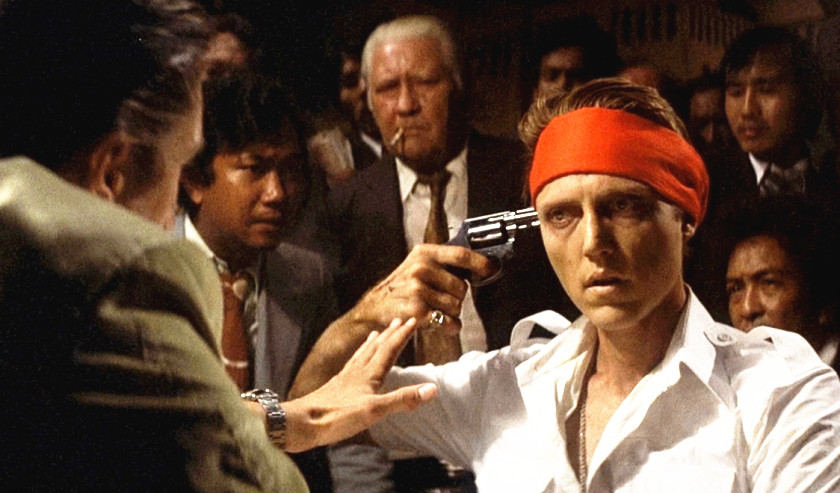
A scene that is nearly flawless in its execution. Michael Cimino doesn’t try to do anything to fancy as he allows the actors to shine in this nightmare of a scene. Two best friends, Robert de Niro’s Mike and Christopher Walken’s Nick are forced to play Russian Roulette after being taken prisoner in the Vietnam War, in a scene that one can nearly forget to breathe.
Watching the scene alone shows how Mike tries to take somewhat control of the chaos with de Niro playing, screaming, and filled with rage but keeping it internal for an eventual plan to escape. We see Nick trying to hold it together and reluctantly playing the game as Walken has difficulty breathing but goes along anyway as he descends further into hell. Also, all the North Vietnamese soldiers stark, evil glares between Mike and Nick as if they are watching a sporting event only adds to the level of performances.
It’s how de Niro and Walken communicate verbally and nonverbally that makes this sense so emotional. After watching the first act of the film, the performances resonate which truly adds to the complexity of this intense, brutal show for the soldiers.